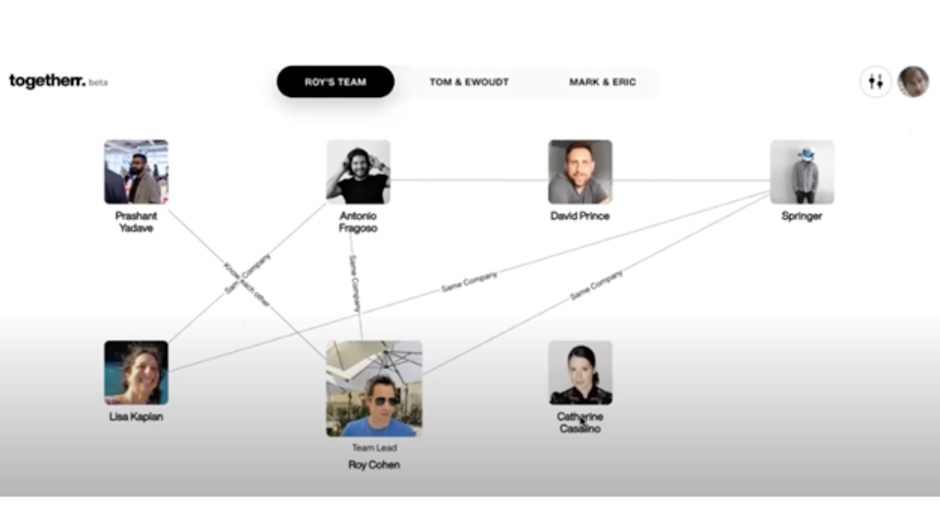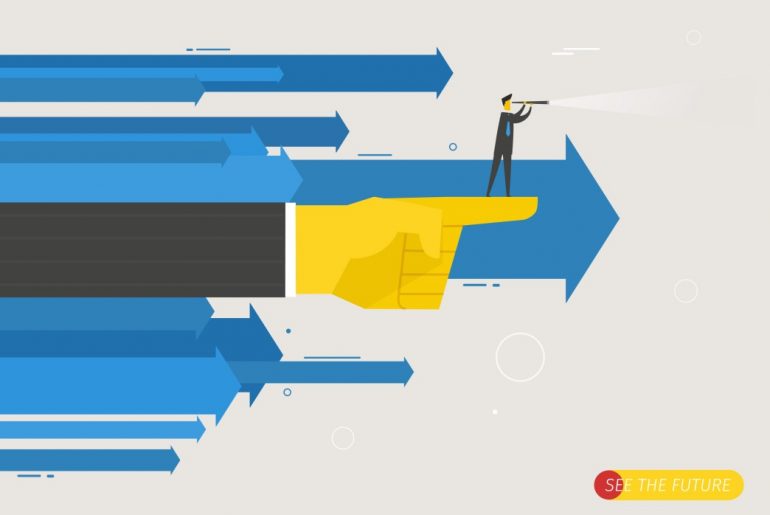By Audrey Kemp
Fiver’s new launch, Togetherr, leverages AI to build optimized “dream teams” of creative talent for brands on individual projects.
For brands and agencies, putting together a dream team of talent has never been easier—at least, that’s the idea behind Togetherr.
Popular freelancer platform Fiverr teamed up with Tel Aviv-based advertising veteran Amir Guy to launch Togetherr. The platform’s algorithm, called the Creative Genome, builds virtual teams of highly skilled, independent talent and connects them with brands and agencies on an individual project basis.
Togetherr’s creators have compared its interface to fantasy football. “Togetherr allows brands to build creative teams that are tailored specifically to their needs… They are getting access to world class talent for any project they can imagine,” Guy told The Drum. “Togetherr gives brands what they need, faster, and with exceptional quality.”
The platform also provides freedom and flexibility to creatives by allowing them to choose the types of projects they want to partake in.
In addition to 30 micro-independent agencies, Togetherr’s growing portfolio counts over 1,100 vetted, award-winning creatives and ad industry leaders, who have worked on campaigns for Nike, Coca Cola, Apple and Netflix. The site launches today at Cannes.
Guy has spent over 25 years at creative agencies. Starting out at Young & Rubicam, he eventually climbed the ranks to take the helm of agency Grey, Israel, where he led regional accounts for P&G,Volkswagen and other brands.
It was here, Guy said, where the idea for Togetherr was born. After pitching the idea to Fiverr’s founders, they were happy to make it a reality.
How Togetherr works
When a client uses Togetherr, they’re immediately asked what they need, be it brand strategy and identity, creative concepting or something else. After making that choice, they can specify the channels they’re interested in, such as video, social or experiential.
Finally, the client inputs their industry, budget and brands that inspire them. That data helps Togetherr’s Creative Genome to quickly match the client to three teams of creatives best suited for their project.
Each team at least one creative lead and freelancers who have worked together previously, which ensures compatibility and punctuality among members.

A “dream team” built via Togetherr’s algorithm / Image credits: Fiverr + Togetherr
Guy has big dreams himself for this dream team model. Togetherr could also replace the advertising industry’s agency-of-record (AOR) model, which has gone stale over the past 25 years, he says.
“[AOR’s] hefty retainers, bloated head-count and overheads, combined with complex processes, is not meeting today’s client needs,” he saidsays. “Clients need a lot more for less, and faster. Trying to meet these needs without changing our industry’s complex system resulted in broken spirits and a lack of excitement.”
Although the site is officially live, Fiverr plans to continue to build out Togetherr’s platform and improve its AI, as well as add new talent that specializes in different areas, such as media buying and production.
“It’s also important to us to have talent from all over the world We want every team to be as diverse as possible.”
Feature Image Credit: Amir Guy, General Manager, Togetherr / Fiverr + Togetherr


